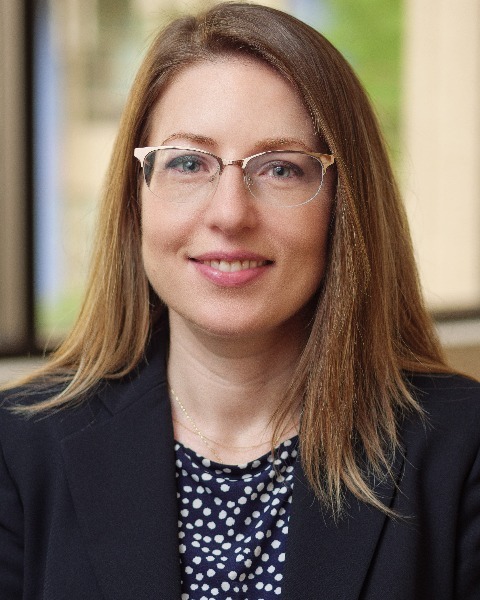Poster Session 1
(130) Fear of insulin and other experiences with gestational diabetes mellitus management – a qualitative study
- IA
Idayat Akinola
Medical College of Wisconsin
Milwaukee, Wisconsin, United States - KF
Kathryn E. Flynn, PhD
Professor
Medical College of Wisconsin
Milwaukee, Wisconsin, United States 
Lynn M. Yee, MD, MPH (she/her/hers)
Associate Professor
Northwestern University Feinberg School of Medicine
Chicago, Illinois, United States- ES
Eleanor Saffian, RN
Medical College of Wisconsin
Milwaukee, Wisconsin, United States - ZP
Zaira Peterson, RN
Medical College of Wisconsin
Milwaukee, Wisconsin, United States 
Anna Palatnik, MD
Associate Professor
Medical College of Wisconsin
Milwaukee, Wisconsin, United States
Coauthor(s)
Submitting Author and Presenting Author(s)
To understand the experiences of patients with gestational diabetes mellitus (GDM) using qualitative methods to explore barriers and facilitators to GDM self-management and insulin use, aiming to inform future interventions.
Study Design:
In this ancillary study of an ongoing randomized controlled trial of thresholds for insulin initiation and titration for GDM, participants were recruited from 2/2023 to 1/2024 using purposive sampling, aiming for diversity with respect to age, race, ethnicity, insurance status, parity, and insulin use. In-depth semi-structured interviews were conducted after 34 weeks’ gestation and again postpartum within a week of childbirth. Interview guides covered 1) experience with and knowledge about GDM, 2) self-efficacy and social support, 3) experience with insulin, 4) adherence and persistence to their treatment plan, and 5) birth experience. Transcripts were analyzed using a reflexive thematic analysis approach to develop themes.
Results:
Of 20 participants, 80% had GDM for the first time and 50% required insulin treatment (Table 1). Initial coding of transcripts identified key barriers and facilitators to treatment plan adherence (Table 2). Barriers included: 1) fear of insulin (“When I was first told about it, I threw a tantrum… I do not like needles, and that's all I could think about.”), 2) the time and cognitive effort to learn self-management, 3) managing emotions related to GDM diagnosis and self-management, and both 4) jobs and 5) family/friends unawareness made it difficult to manage GDM as recommended. Facilitators included 1) training from the medical team (“once I saw my insulin pen, it wasn't that bad.”), 2) support from family/friends, and 3) concern for the well-being of the baby.
Conclusion:
Self-management of GDM requires substantial social and institutional support, learning, and adjusting to a new lifestyle in a short period of time. For some, the initial recommendation to use insulin caused a strong negative reaction, but hands-on education provided by the medical team helped to alleviate that fear.

